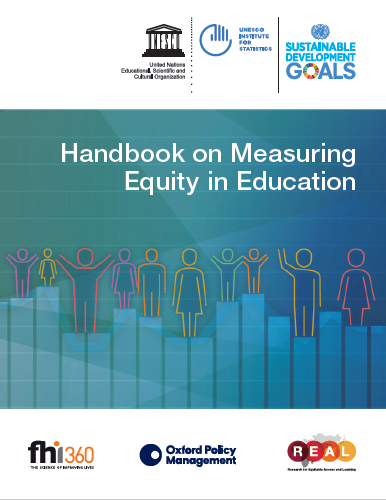
electronic resource
|
Handbook on measuring equity in education
Copies
0 Total copies, 0 Copies are in,
0 Copies are out.
Digital Link
Language
English
Series







